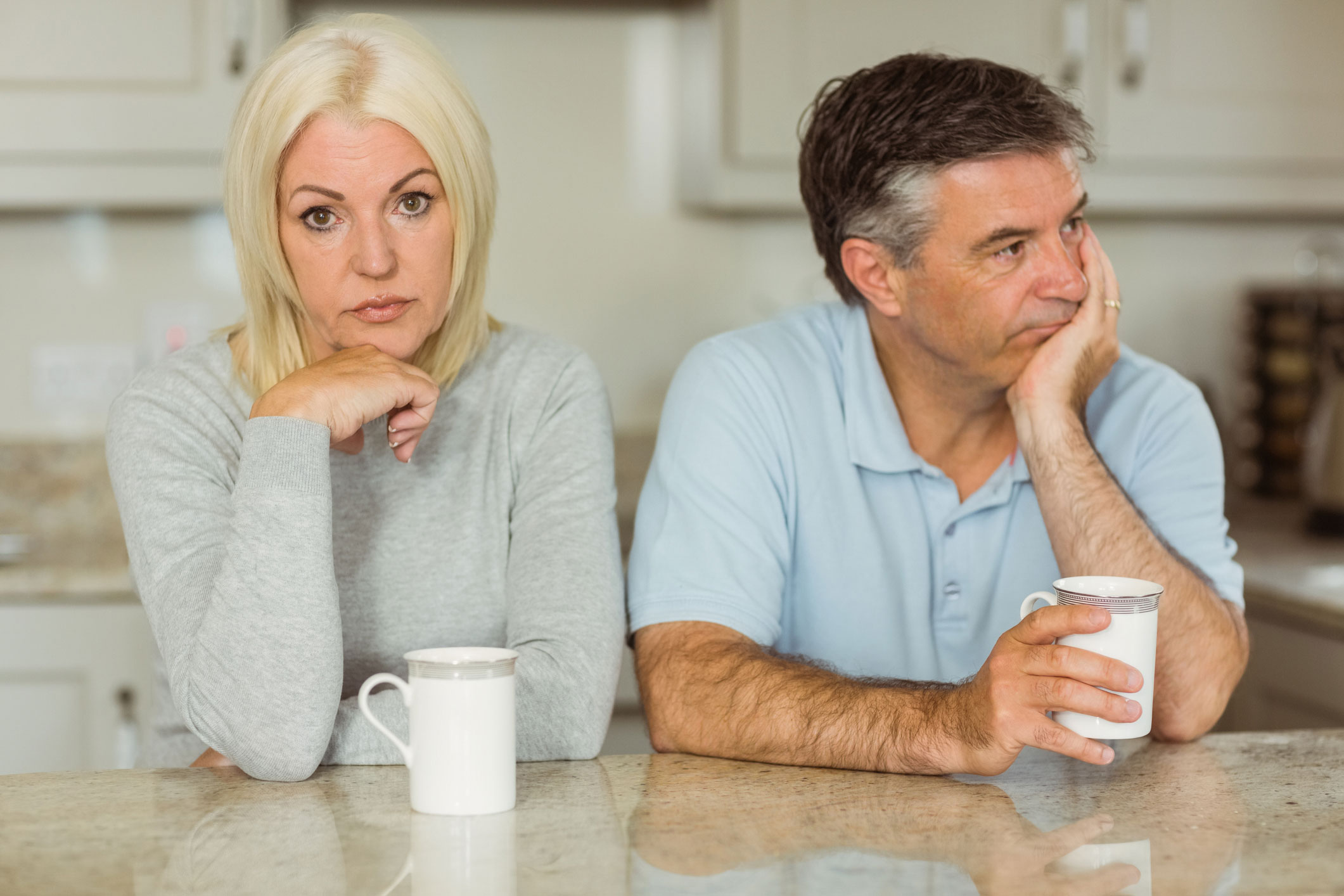For many people, the end of Daylight Saving Time marks the beginning of seasonal affective disorder and its annual pattern of diminished energy and depression that can last through winter.
The significance of turning the clocks back an hour each fall is not lost on the estimated 10 million American adults who experience seasonal affective disorder. For some, the symptoms can show up as early as September.
“Many people have experienced, or know someone who has experienced, seasonal affective disorder,” says Tracy Morales-Gabelmann, Clinical Coordinator for Charlotte Hungerford Hospital’s Adult Outpatient Behavioral Health department. “Winter-type SAD more typically presents with sadness, frequent crying, fatigue and lethargy, somnolence, decreased activity levels, social withdrawal, carbohydrate cravings, and weight gain.”
This is a specific type of clinical depression that occurs only as daylight dwindles each fall and, without proper treatment, can become debilitating.
If you experience depressive moods in the winter but not in the summer months, seasonal affective disorder might be the reason. But it is not considered clinical depression. The National Institute of Mental Health identifies these symptoms that distinguish major depression from seasonal affective disorder:
Major Depression
- Feeling depressed most of the day, nearly every day
- Feeling hopeless or worthless
- Having low energy
- Losing interest in activities you once enjoyed
- Having problems with sleep
- Experiencing changes in your appetite or weight
- Feeling sluggish or agitated
- Having difficulty concentrating
- Having frequent thoughts of death or suicide.
Winter SAD
- Low energy
- Hypersomnia
- Overeating
- Weight gain
- Craving for carbohydrates
- Social withdrawal
Symptoms of the less common summer seasonal affective disorder:
- Poor appetite with associated weight loss
- Insomnia
- Agitation
- Restlessness
- Anxiety
- Episodes of violent behavior
Women are diagnosed with seasonal affective disorder four times more often than are men, according to the NIMH. Younger adults have a higher risk than older adults and those with existing depression or bipolar disorder may experience more problems during SAD season. A family history that includes other types of depression increases the risks of SAD. And so does where you live: The farther from the equator, the higher the risk. One percent of Florida residents suffer from SAD, for example, compared with 9 percent of residents of New England and Alaska.
Want to learn more? Charlotte Hungerford Hospital (CHH) is presenting a free health talk about this mood disorder at 11:30 am on Wednesday, Feb. 5 at New Hartford Senior Center, 530 Main Street, third floor. Topics will include the effects of seasonal blues and ways to help manage and prevent the condition. Presenters include Tracy Morales-Gabelmann, Clinical Coordinator for CHH’s Adult Outpatient Behavioral Health department and Jennifer Labrie, Resource Coordinator for Hartford HealthCare’s Center for Healthy Aging, which is sponsoring the program.
Seating is limited and registration is required. To RSVP, call Diane Barrett at New Hartford Senior Center, 860.379.3980.
.

